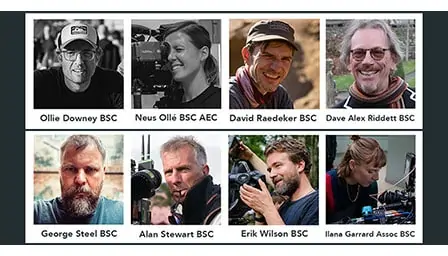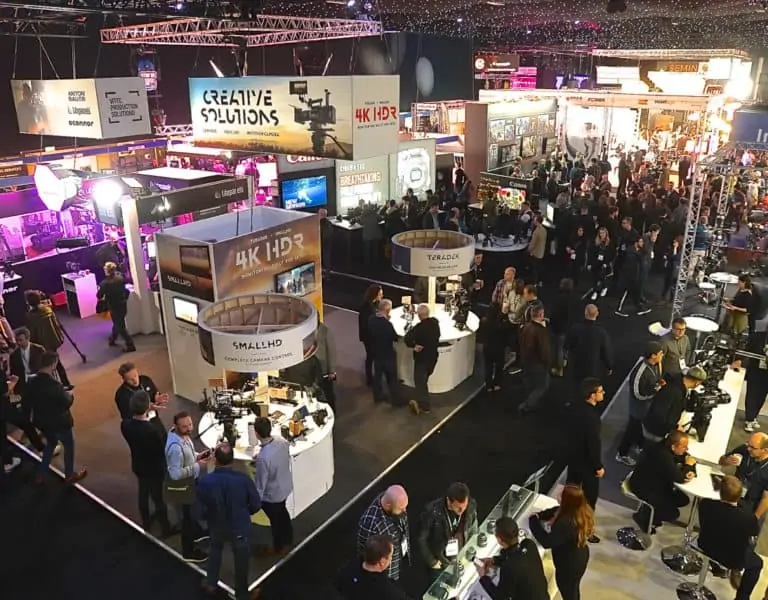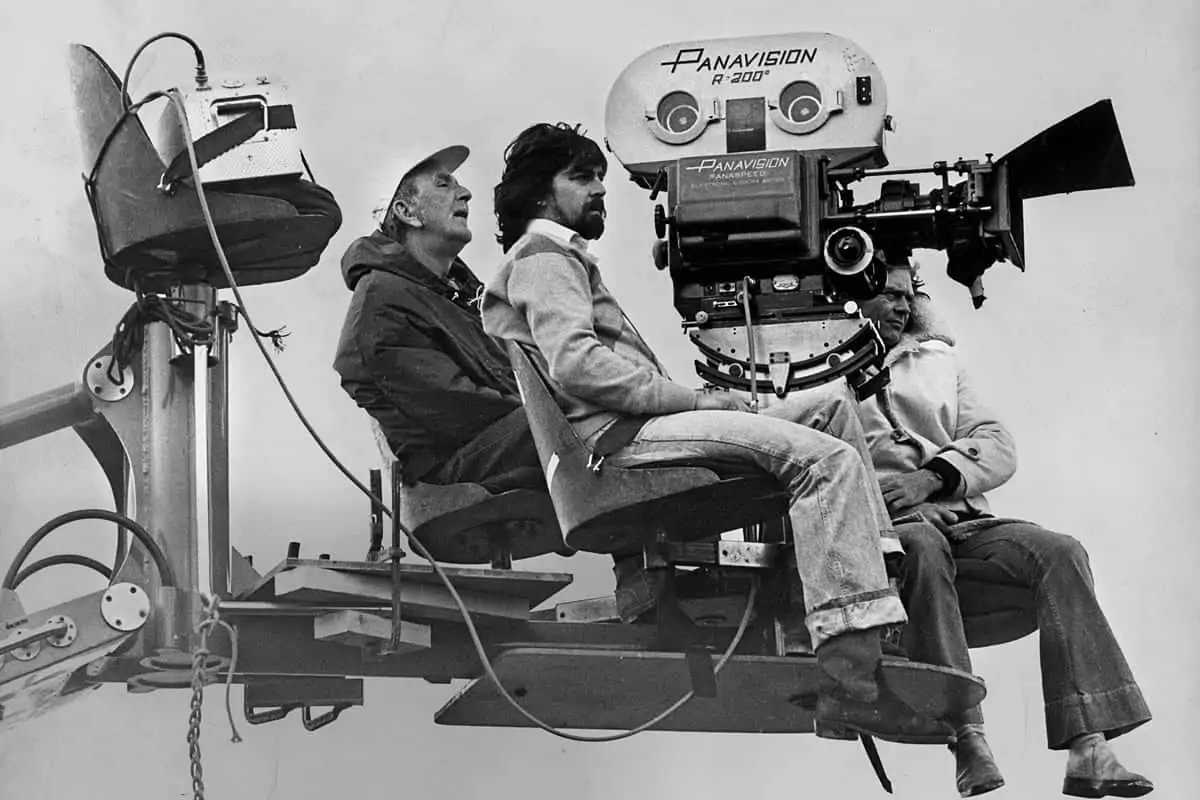Amazing Things
Clapperboard / Tony Spratling BSC
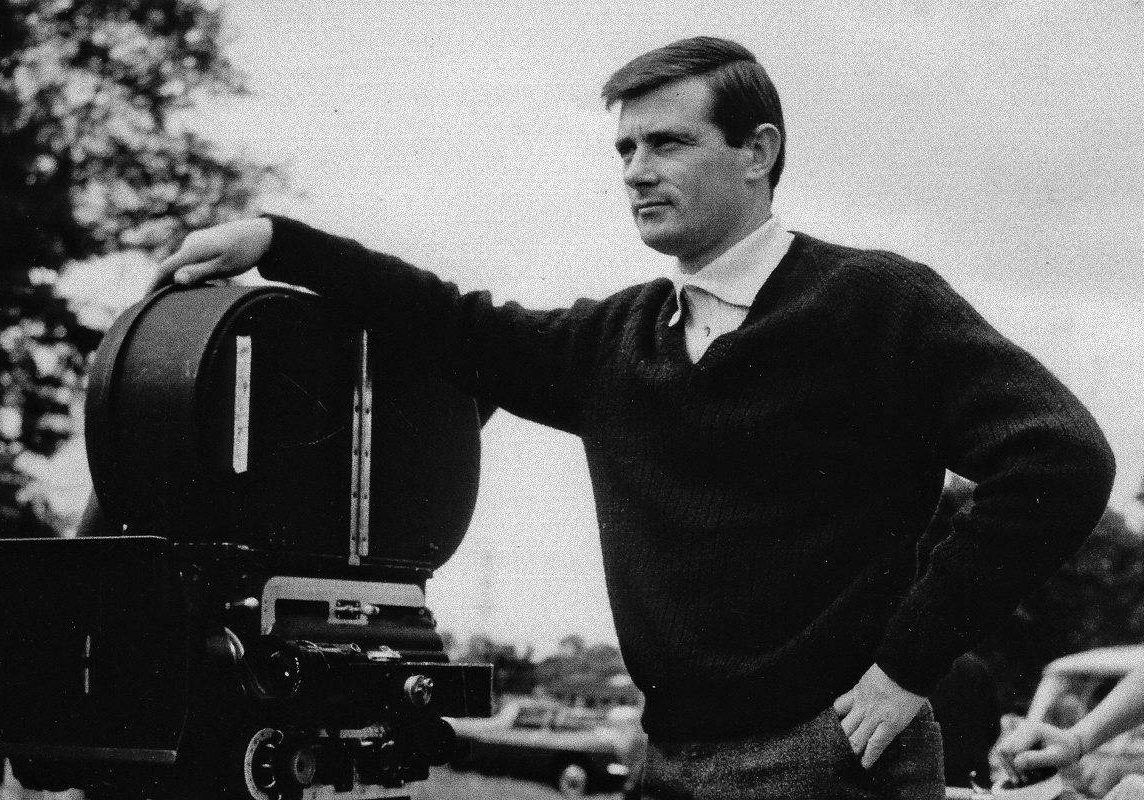
Amazing Things
Clapperboard / Tony Spratling BSC
BY: David A. Ellis
During his lengthy career, notable cinematographer Tony Spratling BSC was involved in all aspects of the camera department on many well-known films. They include: The Dirty Dozen (1967, DP Edward Scaife) as the second unit operator; Alfred The Great (1969, DP Alex Thomson BSC) as the main unit operator, and the successful TV series The Persuaders (1971-1972) as DP, with James Devis BSC as his operator.
Spratling was born 1930 in Sussex. As a young boy he would go to the cinema twice a week, and even at that early age he wanted to work with film. His father was in the film business on the distribution side, although he warned the youngster that it was the worst business one could possibly be in, and that he would most likely always be in and out of work. He got his son a job with Knightsbridge Films in Wardour Street, sweeping the floor, where he stayed for around three months. Spratling junior was then lucky enough to get a job with Gainsborough Pictures in Shepherd’s Bush, as a third assistant director. “I found out that the head of the camera department was George Hill, who I knew very well. I asked about working with cameras and he said ‘start Monday as a clapper boy’,” Spratling recalls.
After serving in the RAF as an aircrew photographer, which he loved, Spratling moved on to Gate Studios at Elstree, where many religious films were made. The studio was rented to Technicolor, where he worked with the late Alex Thomson, who was a great friend and who showed Spratling how to light. He also worked a couple of times with the late Jack Cardiff BSC, including War And Peace (1956), directed by King Vidor. The last film Spratling work on at Technicolor was The Savage Innocents (1960, DPs Peter Hennessey and Aldo Tonti), directed by Nicholas Ray and starring Anthony Quinn. Quinn apparently threw himself into the part, living like an Eskimo, even when not filming. The film took four months and Spratling says he lived with the Eskimos too.
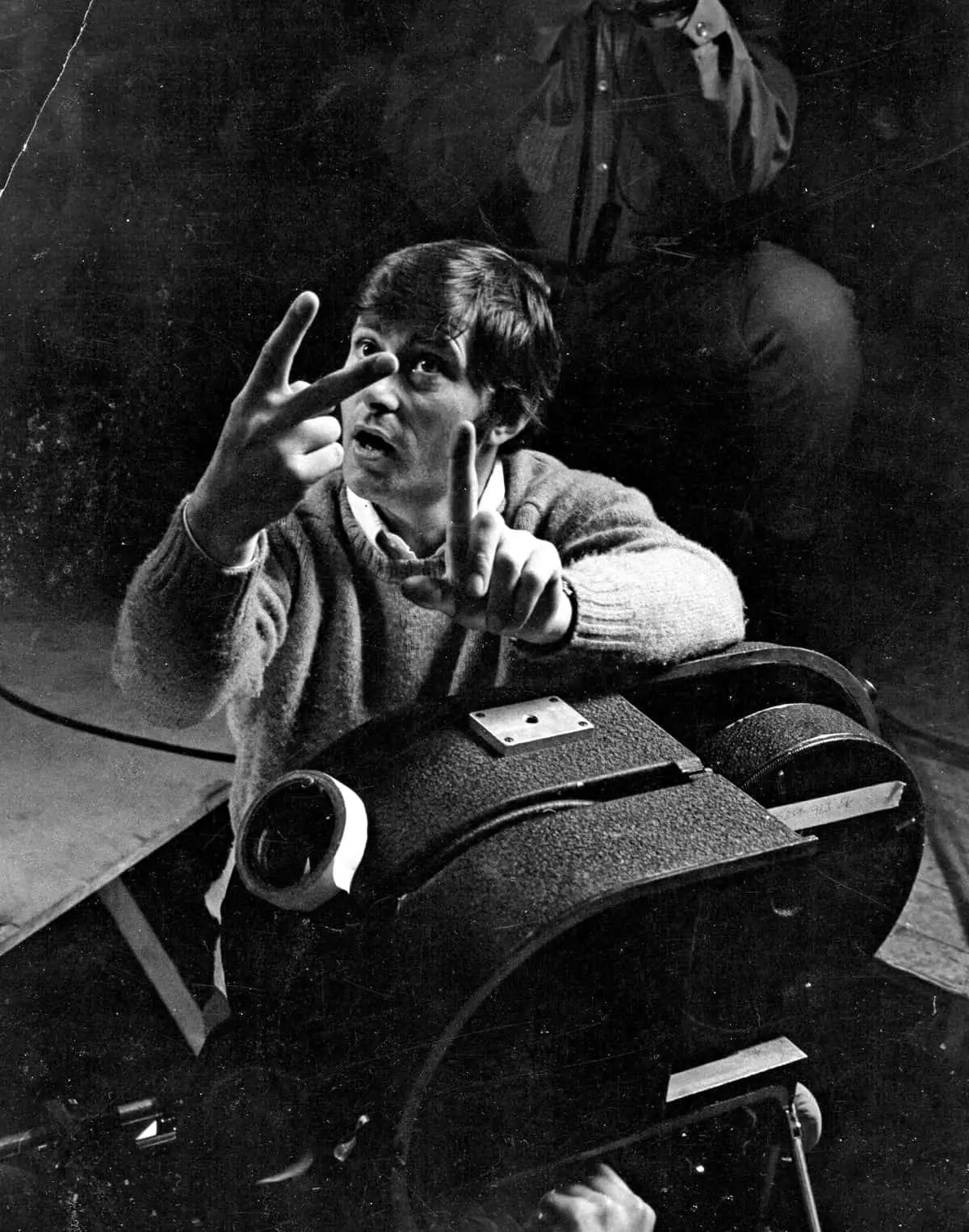
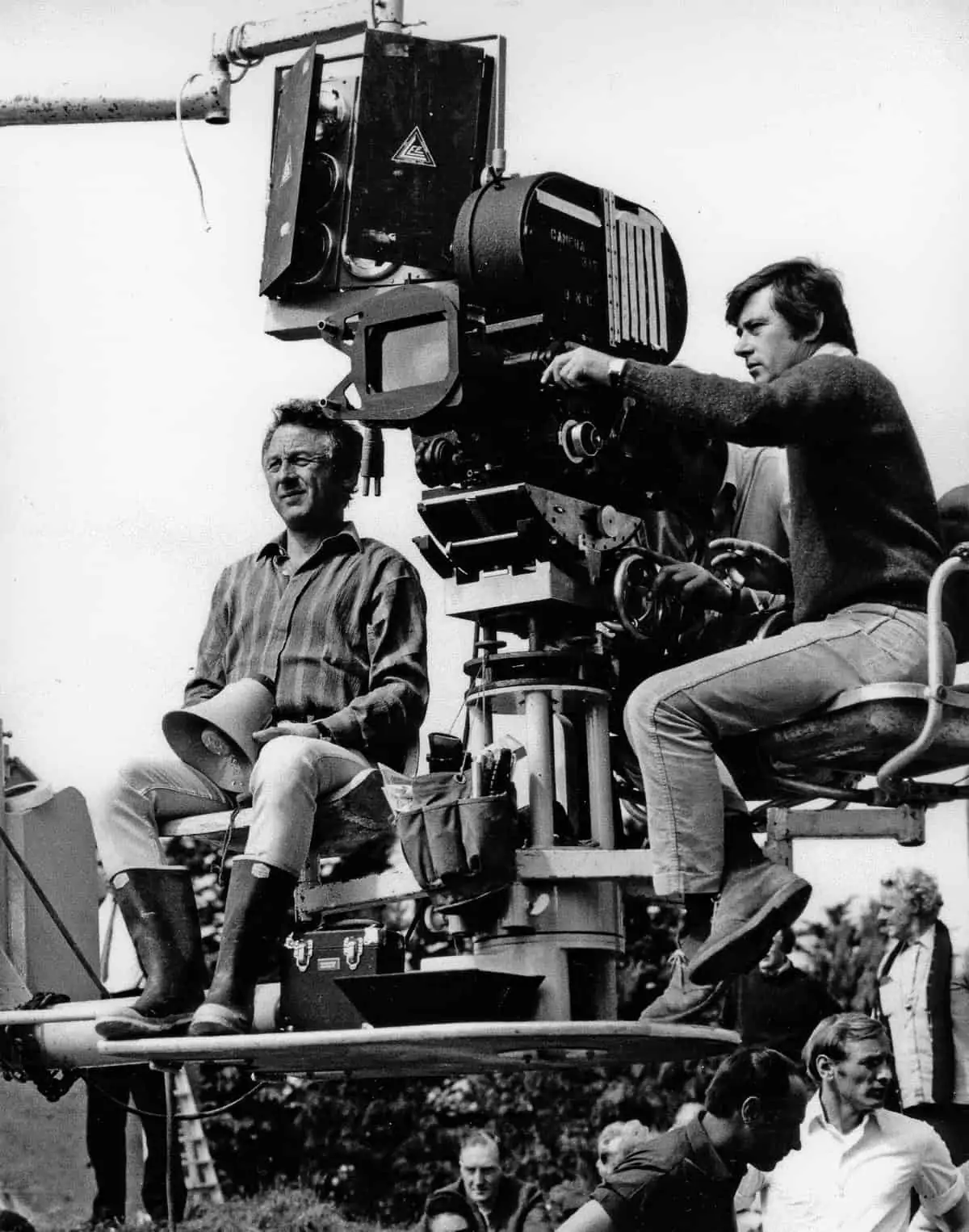
How did he find Eastman Color compared to three strip Technicolor? “The control at the beginning wasn’t there. With the three-strip Technicolor system you could take one of the colours and change it. You could do amazing things, because you were dealing with three negatives.” Spratling says that on one occasion Technicolor mistakenly changed all the letterboxes he had shot in Ireland to red, when they were green.
Following Technicolor, he started operating on commercials, his first one was for OXO. Asked what he felt about changing grades, he says, “Every stage is difficult because as a clapper boy you have never pulled focus, as a focus puller you have never operated and as an operator you have never lit. So you have to observe. If luck is with you, and you have learned a little, you will crack it. Usually when you first move over to another grade, you wouldn’t get a big picture.”
Spratling was the clapper/loader on the 1953 comedy Genevieve, and says it was fun to work on that production with DP Christopher Challis BSC. As a focus puller, Spratling’s films included Nine Hours To Rama (1963 DPs Arthur Ibbetson BSC and Ted Moore BSC), 633 Squadron (1964, DP Edward Scaife) and Khartoum (1967, DP Edward Scaife). Operating included Inspector Clouseau (1968, DP Arthur Ibbetson BSC) with Alan Arkin starring as Clouseau.
Cinematographer Robin Vidgeon BSC said, “I have known Tony and his wife Diana for many years. Tony is a warm generous man with a wicked sense of humour. Apart from being a respected DP, his other talents include food and wine. He is a good listener at the bar in Pinewood, where his many friends seek his wisdom on many topics. I wish him good health.”
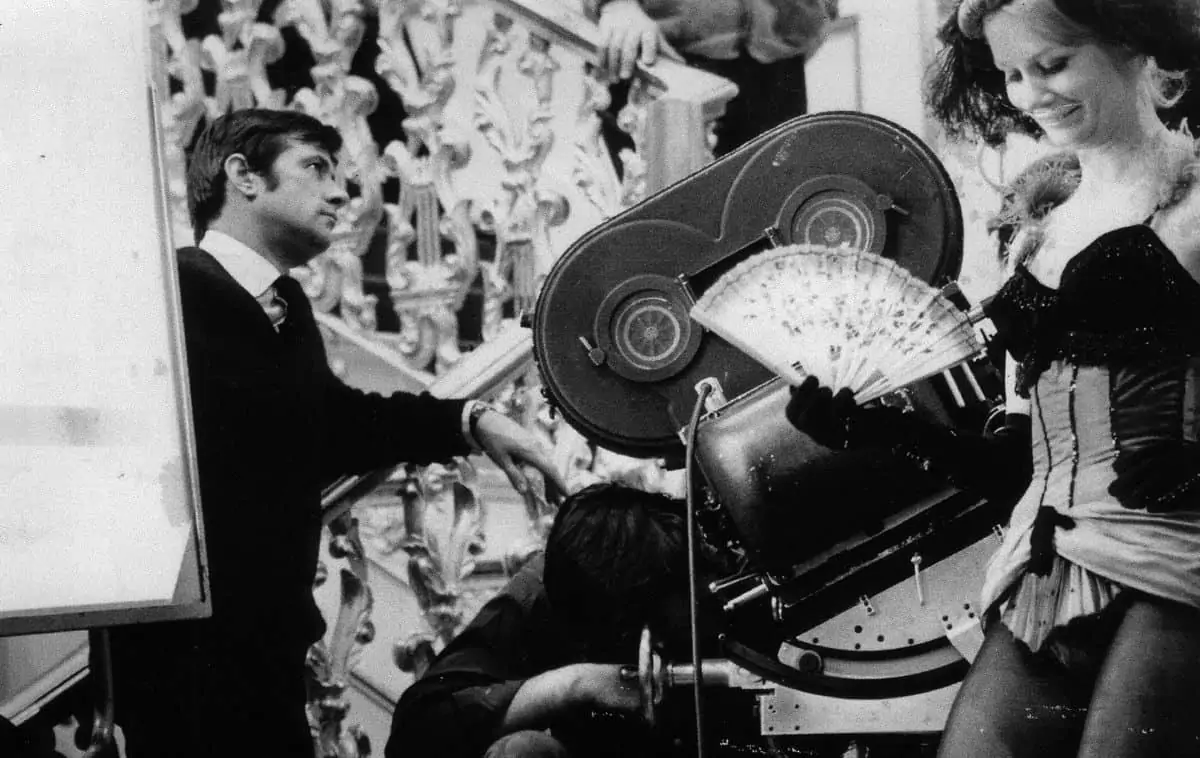
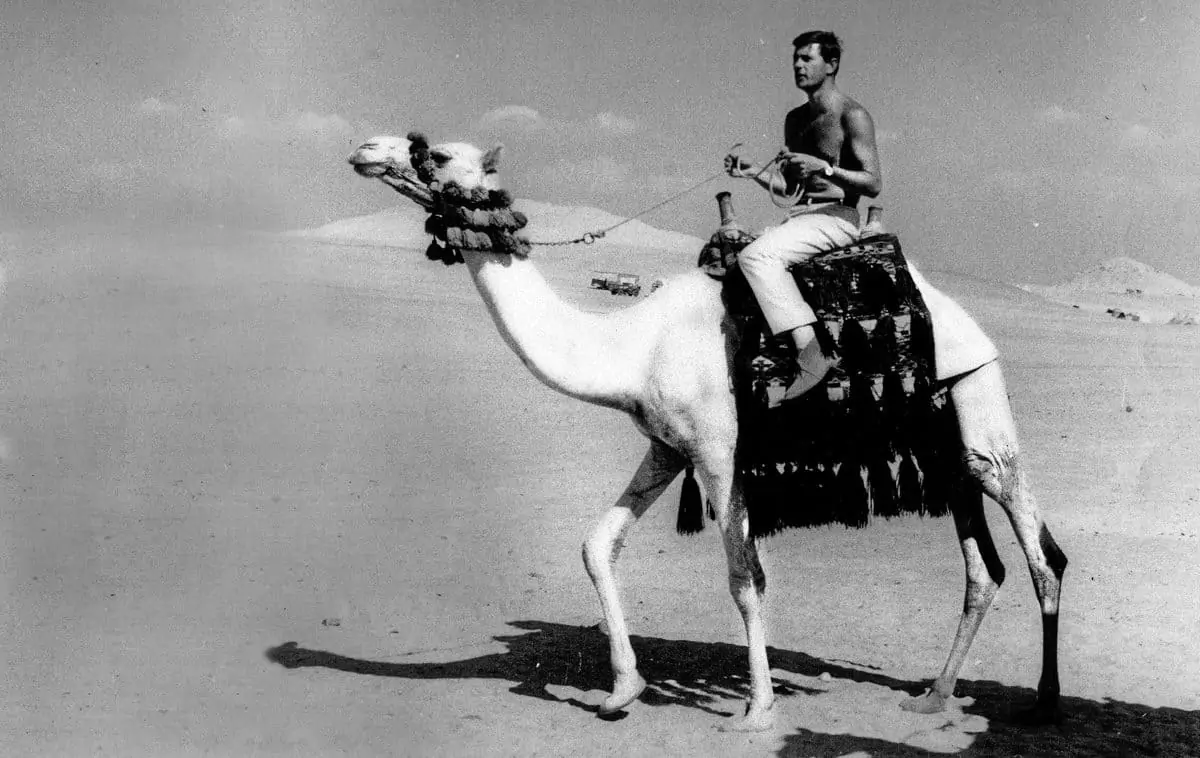
Spratling’s first film as a cinematographer was a short film called The Engagement (1969), directed by Paul Joyce. Basil Dearden, who was noted for several Ealing films, had seen it and approached Spratling to shoot a picture with Roger Moore, called The Man Who Haunted Himself (1970). Spratling says for the first week Dearden didn’t speak. After a week Dearden called him and James Devis, the operator, into his office and they thought they were going to be fired. It turned out Dearden was pleased and offered them glasses of champagne.
Later, Spratling and Devis would team up to shoot every episode of The Persuaders with Roger Moore and Tony Curtis at Pinewood. Moore, who was a friend of Spratling’s, asked creator and producer Robert Baker to hire Spratling as the DP. Spratling says, “The Persuaders was great fun. It was shot on 35mm, and at the time it was the most expensive TV show ever done in the UK. It was very hard work and we never sat down. It took around eight days to shoot an episode and we did a lot of day for night shooting.”
Several well-known directors directed episodes of the series, which ran for twenty-four episodes. They included Val Guest, Basil Dearden and Roy Ward Baker. Actor Roger Moore also directed a couple of episodes.
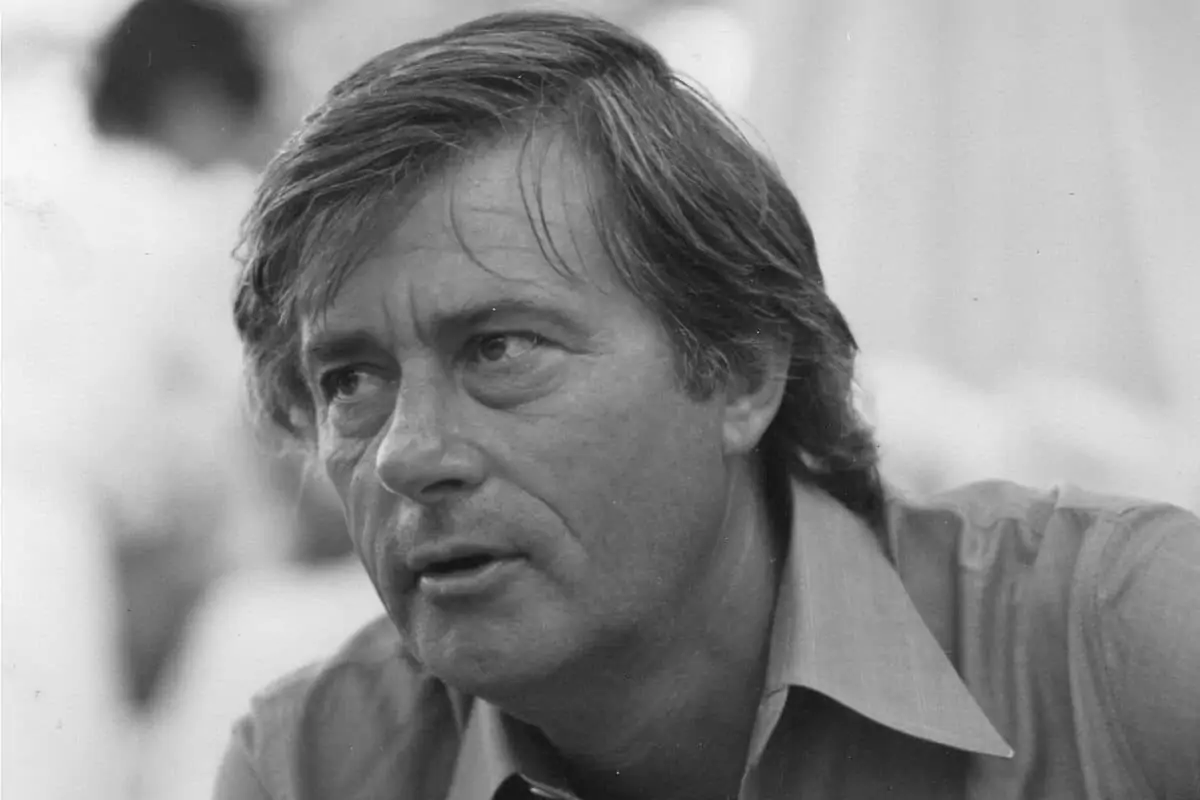
"Every stage is difficult because as a clapper boy you have never pulled focus, as a focus puller you have never operated and as an operator you have never lit. So you have to observe. If luck is with you, you will crack it."
- Tony Spratling BSC
Asked if he usually kept the same crew, Spratling notes, “Yes, I did in the early days. The business has changed now. You may go a couple of months between pictures and in that time your past crew have moved on. As long as you were lucky, you were kept busy as a freelance. Sometimes I finished a film on a Friday, and started the next on the Monday.”
Did he prefer first or second unit work? “It didn’t matter to me because all the second unit work I did was on big pictures. I did a lot of work with Alex Thomson BSC. I did Alien 3 with him covering action sequences.”
He was on the second unit of The Krays (1990) with Thomson as the DP and operator. Spratling says it was the last time Thomson did both jobs, as it was very demanding. He quoted the great cinematographer Freddie Young who said, “I can’t wear two hats.”
Spratling operated on The Dirty Dozen and recalls all of the actors being great to work with, making his job easier because they all understood the camera too.
Spratling lensed over two thousand commercials, which in most cases were better paid than features on the daily rate. His favourite film stock was Kodak 500.
He now takes things easy, and for several years was a keen golfer, reducing his handicap of around twenty. He likes to keep his ear to the ground as regards production, and can often be seen around the halls and corridors at Pinewood Studios.
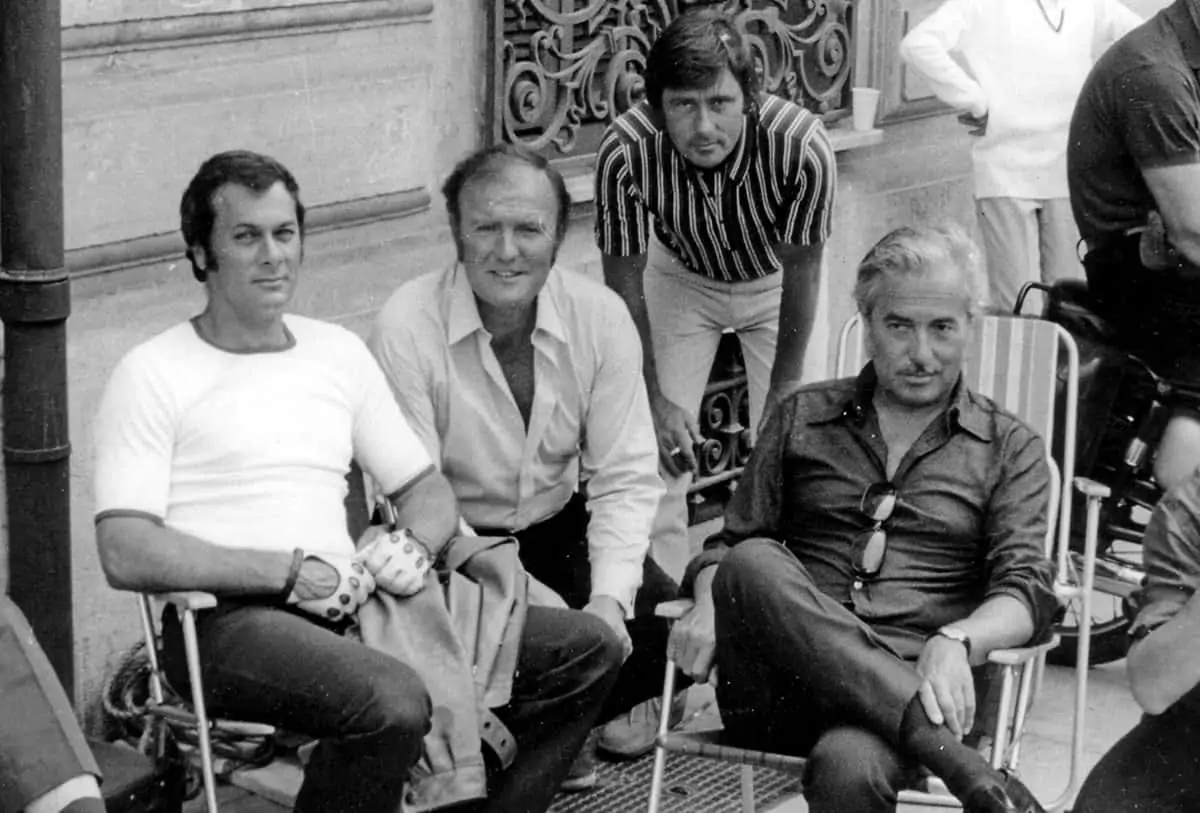
DP Tony Spratling BSC and producer Bob Baker
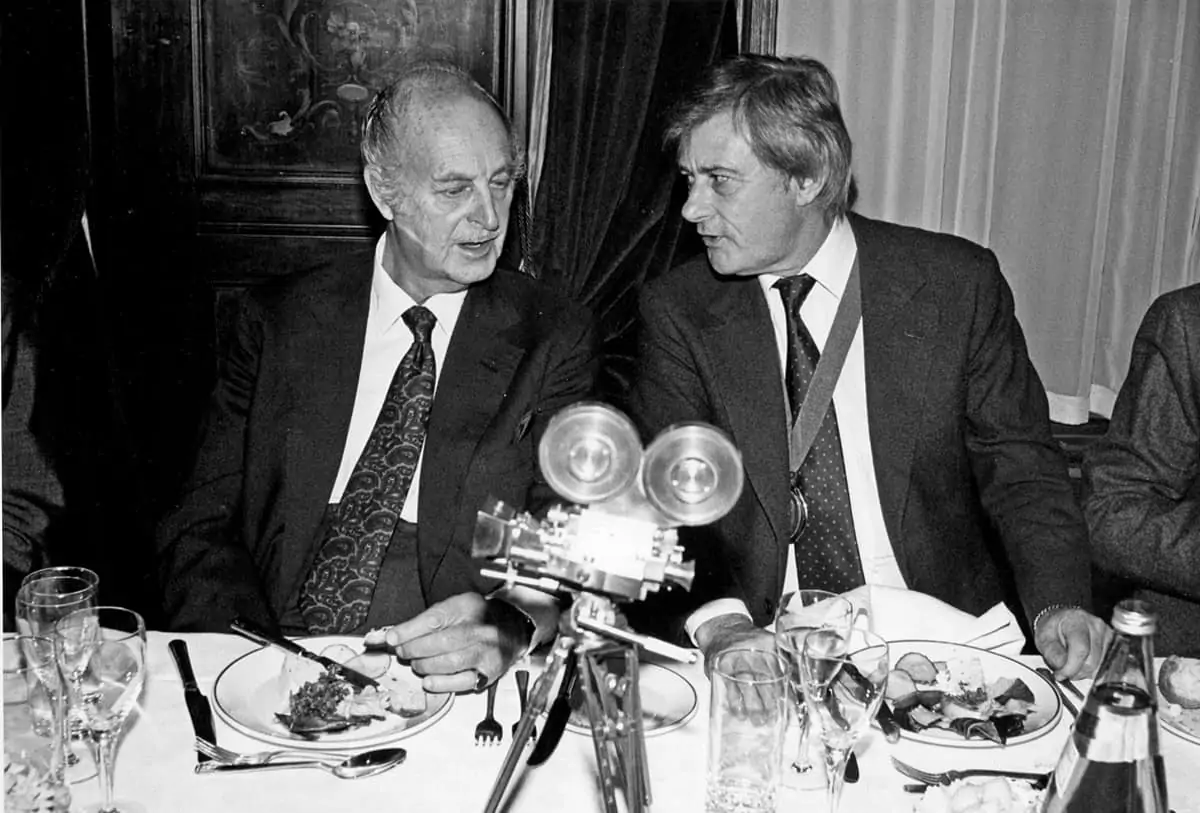
He says the advice he would give to newcomers would be to pay attention at all levels. Spratling doesn’t agree with directors of today operating from tents. He believes the director should be by the camera.
What does he think of digital technology? “Though I have never shot digitally, I would say film is still supreme. I find digital too contrasty – it looks electric. A lot of big pictures are still being shot on film. When film stock was improving, many labs closed down. After digital shooting arrived, many people in the business started saying, ‘Don’t worry about that mistake we can fix it in post.’ Several days in post is expensive. Better to get it right when shooting.”







